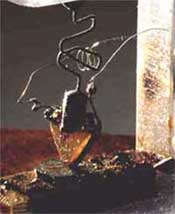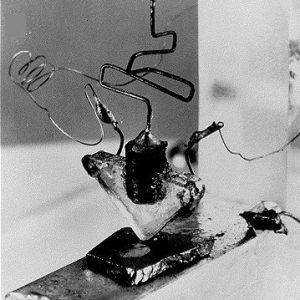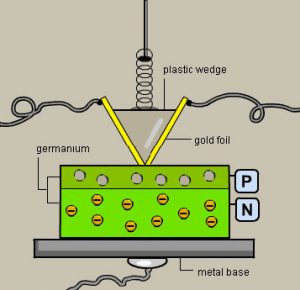A huge number of people in the world use wood fuel for cooking. Cooking over wood is very common here in Guatemala. Wood fires generally produce a lot of pollution and smoke, and result in deforestation in some areas.
But wood is not such a bad fuel if we burned it more efficiently. The problem is that methods for burning wood are terribly inefficient. Most wood fueled cooking setups waste over 90 percent of the heat produced. The heat just goes off into the atmosphere and not into the item being heated. We also burn wood at a lower than optimum temperature, which results in wasted fuel, incomplete burning, and production of smoke.
If we could raise the efficiency of the burning process and at the same time focus the heat produced into the cooking pot or other item being heated instead of wasting it, we could theoretically get the same cooking done faster, using a lot less wood, and producing a lot less pollution.
Devices that burn wood more efficiently and that you can cook on are not that difficult to construct if you know how to build things from sheet metal and weld it together. And you’ll end up with a fairly large, heavy, non-portable device. But most people in poor countries do not have the ability to build such things and cannot afford to buy a large, heavy, and thus expensive device.
In order to make an efficient wood burning device that is small and portable you have to use forced air. Well that’s out of the question in poor countries, isn’t it? But what if the device generated its own electricity to power a fan for the forced air. Way too complicated and unreliable, right?
Perhaps not. Check out the BioLite. It’s a pretty neat idea.



Recent Comments